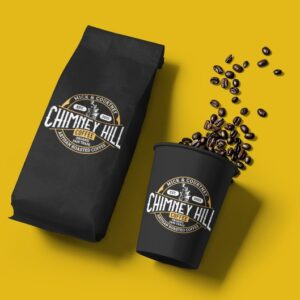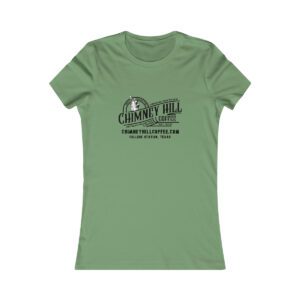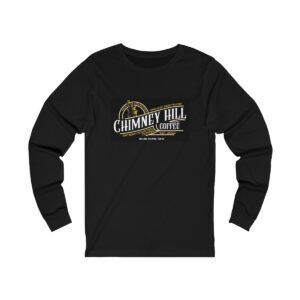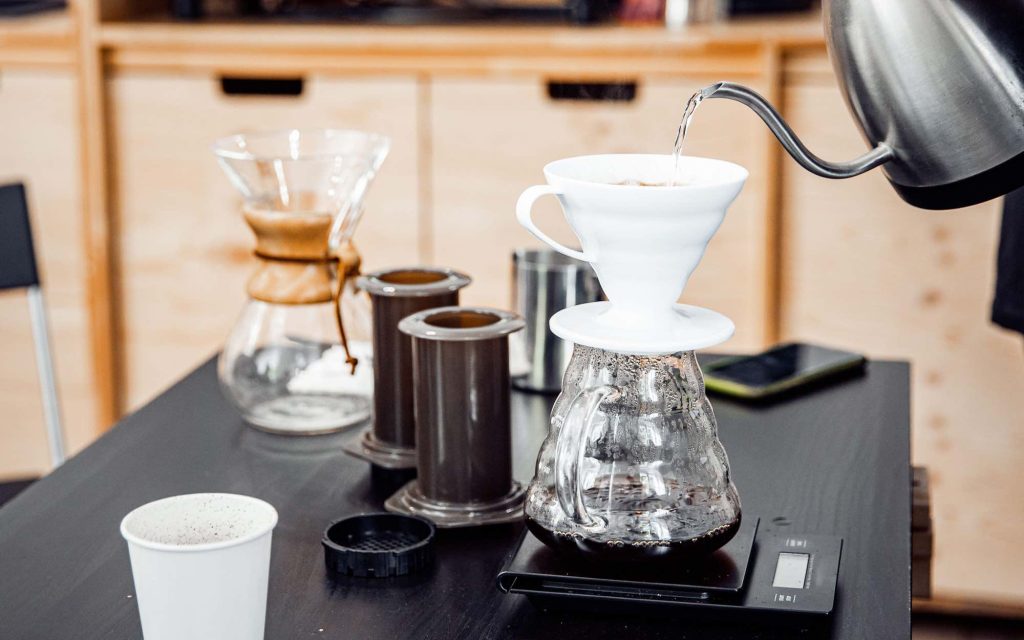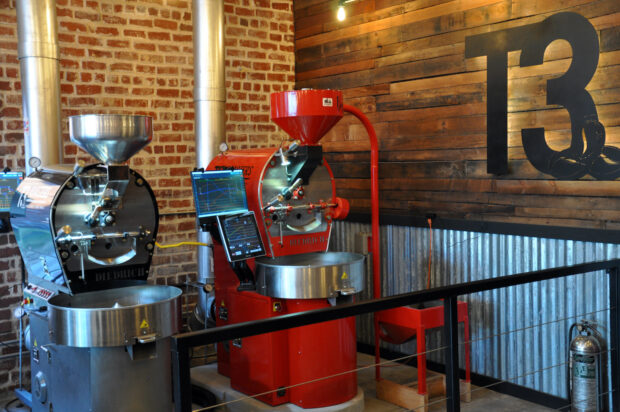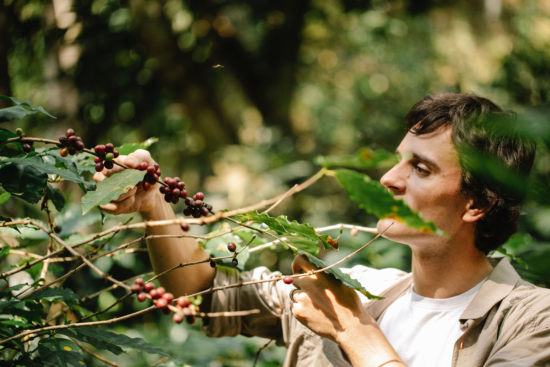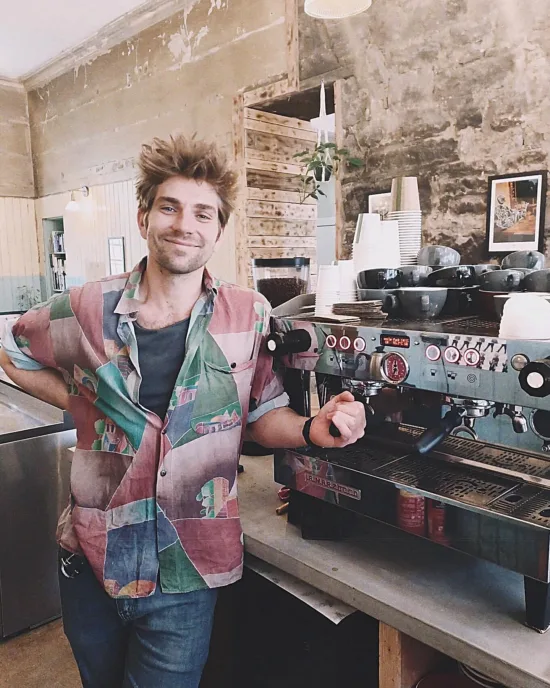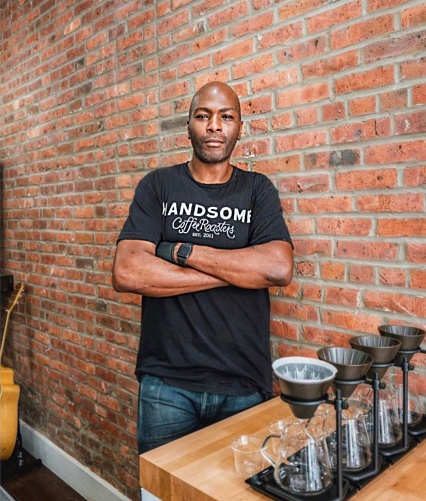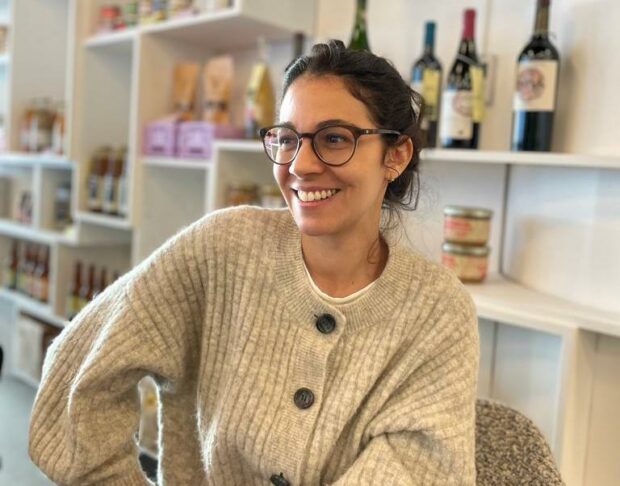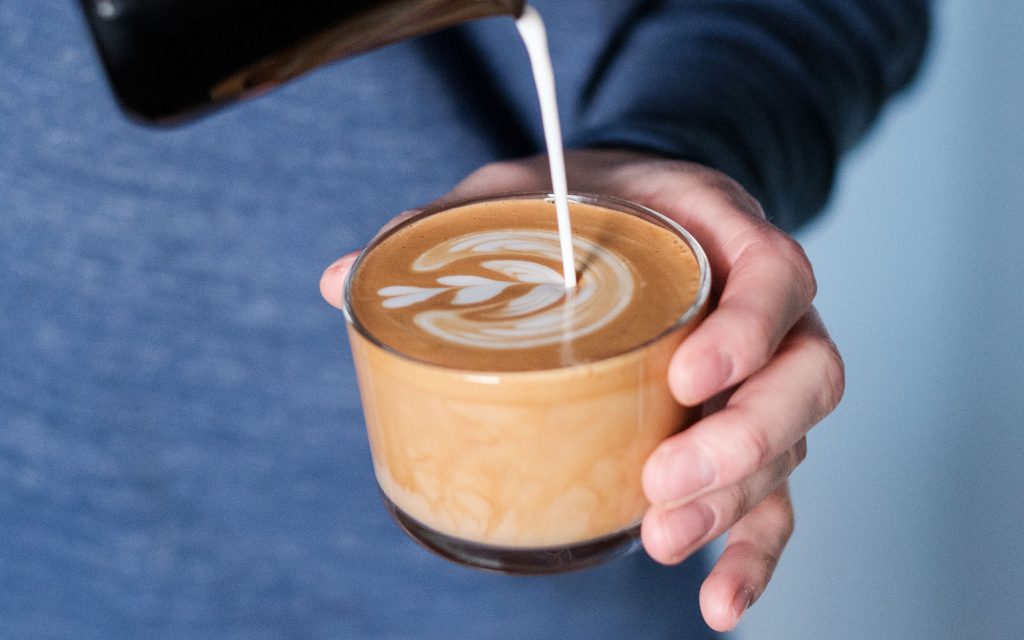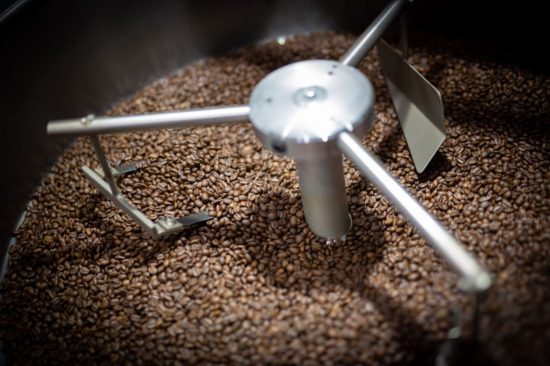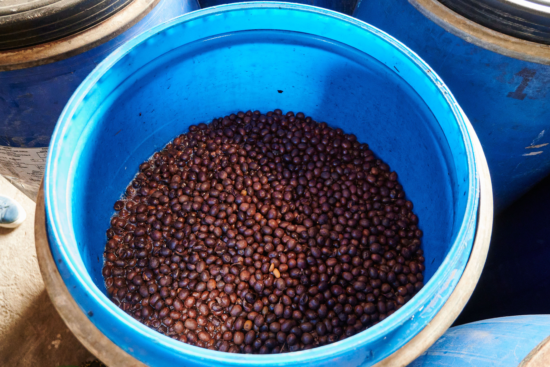I currently use an Ode for my drip and a Lido 3 for my espresso. I have ALS though and can no longer hand grind. My Ode is acting up after daily use 1-2 times a day for 3.5 years. I’ve cleaned it regularly it’s the motor I think having issues. Making odd noises....
HOW TO BE A BETTER CUPPER
HOW TO BE A BETTER CUPPER
HOW TO BE A BETTER CUPPER
HOW TO BE A BETTER CUPPER
HOW TO BE A BETTER CUPPER
HOW TO BE A BETTER CUPPER
[MOD] What have you been brewing this week?/ Coffee bean recommendations
Hey everyone! Welcome back to the weekly /r/Coffee thread where you can share what you are brewing or ask for bean recommendations. This is a place to share and talk about your favorite coffee roasters or beans. How was that new coffee you just picked up? Are you...
All arabica coffee is genetically similar: how can beans taste so different?
submitted by /u/fascinatingMundanity [link] [comments]
9 year old Baratza Encore: continue to fix or time to replace?
I’ve been fighting a slow grinding issue for a while now. It takes a long time (3-5 minutes) to grind enough coffee for a pot. The grind seems "fine" as well (the dial is set at 18). The beans seem to "bounce" up from the grinder cone a little....
Quality coffee bean grinders to invest in?
Hello everyone. I'm currently looking for a well-built coffee bean grinder to purchase. To give a little more detail, I'm looking for a grinder that can do coarse (cold brew, French press) and medium (pour over Chemex) grinds well. I currently have an...
Grinder for drip, pour over, and French press
I've been looking to buy a new grinder, I have a Eureka mignon filtro but I'm not happy with how it grinds on the courser end of the spectrum. Its just a mess of huge pieces and small fines and even on some pour overs the grind isnt very good either....
[MOD] Show off your gear! – Battle-station Central
Let's see your battle-stations or new purchases! Tell us what it is you have, post pictures if you want, let us know what you think and how you use it all to make your daily Cup of Joe. Feel free to discuss gear here as well - recommendations, reviews, etc. Feel...
When customers complain about the price of a cup of coffee, how should I respond?
I have to imagine that I'm not the only barista who has tried to give a customer a mini-lecture on the dynamics of the coffee supply chain. For those who have run into this similar question, how have you explained to people why their coffee is expensive using...
Pourover extraction temperature: If you had to accept a gradient, what direction is better?
A little coffee making puzzle I was trying to figure out. If you are making a V60 pourover with a fairly light roast (pick your recipe of choice). Saddly you cannot get water at your target temperature (say 202 F). Your water will either start warmer and get colder,...
Questions about taste, what is good acidity vs. sourness? Too much vs enough bitterness?
Hi all, so basically just got into specialty coffee, before this I'd only ever had instant and over roasted coffee from big chains, since I live in a country with no specialty coffee shops. My set up is, single origin guatamalan beans (freshly roasted a week...
Are there any good instant coffee brands at big box stores like Walmart (in the US)?
I recently went on a rabbit trail of instant coffee concoctions on YouTube, and bought some Folgers Instant Coffee to try it out. I actually quite enjoyed some of the instant coffee lattes I've been trying, but I know Folgers is generally considered pretty low...
Fruity coffee
I recently visited a coffee plantation and bought a bag there. They sold their bags there with labels on how the bean was processed. This “Natural” processed coffee is incredible. It’s fruity. It doesn’t have that like signature “burnt” flavor coffee has. It almost...
When recipes call for water temperature, do they mean the temp inside the kettle right before you pour it, or the temp while it brews?
I don't get it. I often see posts/recipes saying that light roasts need to be in the brewed in the 200F zone, but as soon as my cup is filled with water, the temperature has dropped to the low 190s range (in my case, I'm using an aeropress) So yeah, it drops...
[MOD] Inside Scoop – Ask the coffee industry
This is a thread for the enthusiasts of /r/Coffee to connect with the industry insiders who post in this sub! Do you want to know what it's like to work in the industry? How different companies source beans? About any other aspects of running or working for a...
Different espresso recipe?
I work at a cafe where they are using a dark roast blend and they are pulling 32g from a 18g dose for espresso. Strangely however, they pull it in 6 seconds instead of the usual 20s-30s. I’m not sure why they don’t use the standard recipe and am too afraid to ask...
Fellow Ode SSP astringent and lacking clarity on filter compared to even espresso-focused grinders
I recently acquired a Timemore Sculptor 078s, which is intended to be used primarily for espresso and supposedly doesn’t make the cleanest drip coffee according to reviewers. So out of curiosity I’ve been comparing it a lot over the past couple weeks to my gen 1 Ode...
There Are Two More Qualifying Events This Weekend
This article is from the coffee website Sprudge at http://sprudge.com. This is the RSS feed version. The 2024 United States Coffee In Good Spirits, Brewers Cup, and Latte Art Championship Qualifying Events take place in Bethesda, Maryland and Washington, DC.
Competition, Cold, and More from the 2024 U.S. Coffee Competition Qualifiers in Houston
The first round of qualifiers for the 2024 season of the United States Coffee Competitions featured the U.S. Barista, Cup Tasters, and Roasters qualifying competitions. BY KATE VAN PETTENSPECIAL TO BARISTA MAGAZINE Photos courtesy of U.S. CoffeeChamps The first round...
Aging of coffee (specifically decaf) in freezer
Hey, My girlfriend mostly drink decaf and she has a favorite coffee that she gets from a reputable roaster. Problem is, she really likes it when she gets one at the cafe, but she doesnt when we brew it at home. Even I struggle to get a correct grind size (DF64 V1) and...
Target / Good & Gather Coffee & other "unexpectedly delicious" store brand coffees?
Has anyone tried Target's in-house brand of specialty coffee? I recently decided it was too much money to continue buying super specialty beans from roasters - I know, I feel guilty not supporting smaller local roasters and will still do it every so oftenwhen I...
Examples of refractometer use in a café’s workflow?
Hello all. Curious if any baristas/qc folks here can provide examples of how they’ve used refractometers in their cafés? I understand their limitations, and I am comfortable using refractometry to gain reference points when testing recipes. But I’d really appreciate...
Drip Coffee – Does the machine matter?
Hello, Everyone! I am in a bit of a predicament and would like some guidance. For context - I am still an amateur coffee guy. I have begun to dabble in the coffee world and am slowly building my knowledge. A few years back, I began to explore quality coffee and get...
UK coffee bean recommendations
Hi. Can anyone recommend some companies that do speciality beans. I’ve tried a fair few but I like to rotate and try something new. Here’s a few I’ve tried, some do really good coffee, some I thought were just ok: - Hasbean - Horsham - Perky Blenders - North Star -...
Visiting Amsterdam. Any coffee suggestions?
I'm in Amsterdam this week. Are there any coffee's I should check out while I'm here? I'm from the US so ideally something not available back home. submitted by /u/OlDirtyBrewer [link] [comments]
HOW TO BE A BETTER CUPPER
Ahead of the launch of Prodigal, Mark and I cupped for a minimum of one hour each morning. Having such a routine allowed us to calibrate well after cupping more than 2000 samples together. Those sessions also taught us a lot, some of which I’d like to share here.
First, I want to credit Ryan Brown. Over the years, I learned a lot not just from cupping with Ryan, but from throwaway remarks he would make. To him, many of those remarks were the equivalent of cupping small talk. To me, they often held pearls of hard-earned wisdom. Ryan is rigorous in creating systems that prevent bias and help to confirm his findings about samples. A good green buyer cups each sample multiple times on multiple days and does everything possible to avoid bias.
Until launching Prodigal, most of my cupping was done through the eyes of a production roaster and cupping was mostly an exercise to evaluate roast quality. I focused on problems of baking, roast development, side effects of excessive conduction, and the like. I did not cup to intensely analyze the merits of one green lot vs another. But production-roast cupping improved my green-evaluation skills.
Herein are what I consider some cupping best practices.
Always cup blindly
This rule may seem obvious, but in my experience, few roasters follow this rule religiously. I get it: cupping blindly with others can be embarrassing and humbling. But cupping isn’t a competition. You can either protect yourself from looking bad, or you can learn from experience, but you can’t do both well at the same time. Suck it up, make mistakes, and don’t worry if you thought that wet-hulled Sumatra was a washed Kenya. It happens to everyone.
As often as possible, consder “double blinding” a cupping by having someone else set up the cupping so the cuppers do not know what coffees are on the table.
To make cupping as blind as possible, consider hiding visual differences in coffees; for example, if you have a variety of roast levels on the table, it helps to cup in bowls with black interiors, in order to not see the colors of the brews. Some training sessions even use sunglasses to decrease visual cues about samples.
Please do not use the traditional practice of setting a sample tray of roasted coffee next to each cupping bowl. That makes it impossible to be appropriately blind when looking at the roasted beans of a sample.
Always cup with others
Cupping with others is far more educational than cupping alone. Various people will perceive different flavors in coffees, and some people are better at perceiving certain defects than others are. Cupping with others is a great way to expand your tasting abilities. For example, Mark is better than I am at tasting certain underdeveloped flavors, while I am more likely than he is to detect fade in coffee samples. Cupping together helps us shore up our weaknesses.
Try to cup with more experienced professionals whenever possible.
This is a no-brainer. Cupping with more experienced pros is by far the best accelerant if you want to get better at tasting coffee.
Always take notes during cupping
Please don’t try to memorize your impressions of 5–10 cupping bowls; it is always better to take notes to discuss results with others, for scoring coffees accurately, and for future reference. I don’t believe one needs an official score sheet to score samples accurately, but I do believe it takes months of calibration practice to score accurately and consistently.
Wait until after everyone has done at least one round of slurping and note taking before discussing samples
I’ve been to many cuppings where people begin discussing the coffees as soon as they begin tasting. That is more fun than taking notes silently, but it also inhibits learning and increases the risk of bias.
Be as rigorous as possible in cupping procedure
What I mean by this is: use a consistent grind setting (I usually grind at a setting 1-2 integers finer than a typical 20g pourover setting) and water chemistry, weigh grounds to 0.1g resolution, weigh water to within a few grams per bowl, grind, pour, and taste on a timer with a rigorous schedule, and consider cupping at a brisk but comfortable pace to ensure you are tasting all samples at similar temperatures. Ryan taught me to take just one or two slurps per sample and to focus hard on those slurps. That has helped me cup more quickly. Previously I was taking too many slurps per bowl, which was taking too much time, decreased my focus , and caused my palate to fatigue earlier.
Take one or two slurps, jot down a couple of words in your notes, and move to the next bowl. It’s okay if you don’t perceive an encyclopedia of descriptors after just one or two slurps.
When cupping to choose green, do your best to optimize cup quality
When cupping to decide what green lots to purchase, sample roasting and cupping should be done in a way that optimizes cup quality. That will allow each green lot the shine and show its best features.
When cupping for production roasting QC, consider sacrificing cup quality, if necessary, in order to detect roast defects more easily
Let me explain this idea… Personally, I use an identical procedure when cupping for green buying and cupping for production roast analysis. However, I’ve cupped with many companies whose coffees tasted better when using a coarser grind or lower water temperature during cupping. In those situations, grinding finer or brewing hotter likely highlighted roast defects. If your cuppings taste better at grind settings coarser than your typical pourover grind setting, then there is probably work to do to improve roast quality. But please do not change the grind setting or water temperature to improve the flavor of cupping bowls.
Always cup at least one sample from another roaster on every table for context
I find many roasters are biased in favor of their own coffees. I recommend roasters find the best coffees they can from competing roasters, and to always have at least one such sample on every cupping table for context.
Test the effectiveness of your cupping system
Many roasters have told me something like “This coffee cupped sharp on day one out of the roaster, was super fruity on day two, the flavors were muted for a few days and then the coffee was cupped great again after one week.” While I don’t doubt that cupper’s experience, it is unlikely the coffee really got worse, better, worse, and better. It’s possible, of course, but it’s more likely the cupping system is to blame, or the coffee has an abundance of quakers or other dodgy beans that show up in some samples but not others.
To test the reliability of your cupping system, try something like this:
-
Scatter three bowls of the same coffee among several other coffees on the cupping table. Note whether your tasting notes and scores were consistent for those three bowls.
-
Taste several bowls of the same coffee several days in a row, again scattered among other samples, to see whether your notes change day to day.
With a little effort, you can taste the baseline reliability of your cupping system. If the three bowls in each of the trials above tasted and scored identically, your system is probably reliable. If the three bowls varied a lot in flavor
, it’s important to run the same test with a few other coffees to see whether the cupping system or the coffees themselves are inconsistent.
In general, scattering multiple bowls of a particular sample throughout a cupping table and trying to identify them is an excellent exercise to hone your tasting ability.
Re-cup your roasts several times over the few weeks after roasting
Once you have shored up the reliability of your cupping system, it is worth tasting various roast batches over several weeks after roasting to perceive how the coffee ages and evolves. You may find your coffees typically peak after a certain number of “resting” days or you may find your coffees peak within a day of roasting and decline from there.
Regularly testing and monitoring the quality of your roasts as they age can help you optimize your customers’ experience.
Cup more rigorously when purchasing green than when analyzing sample roasts
When cupping to select green for purchase, I consider it essential to cup multiple bowls of a candidate sample multiple times before choosing a green lot. Not only do I want several looks at a coffee in order to avoid defects that may appear in only some bowls, but I want to confirm my impression of a coffee before committing to it.
When cupping production roasts, we are usually confirming the consistency of our results, or testing whether one approach works marginally better than another approach to roasting a particular coffee. Occasionally I will re-cup a roast batch to get a clearer picture of its quality, but usually one bowl is sufficient per batch.
photo credit: @coffeeandlucas


